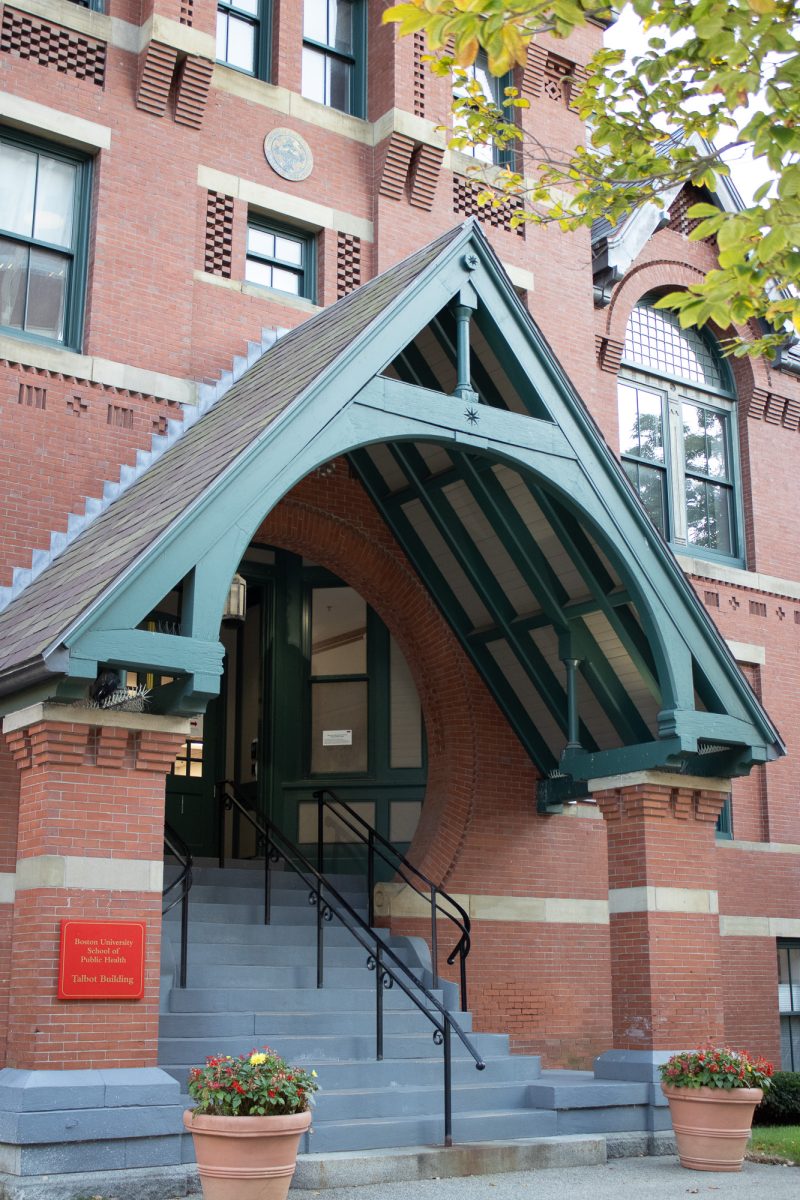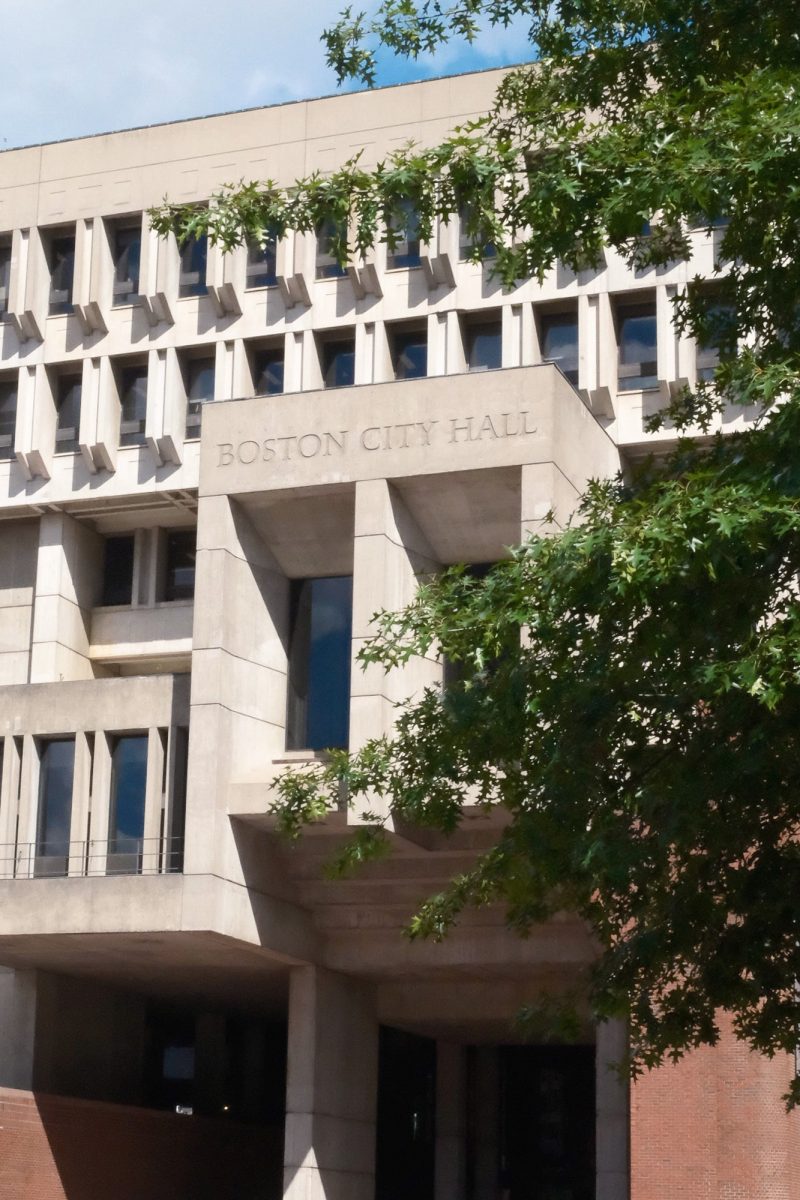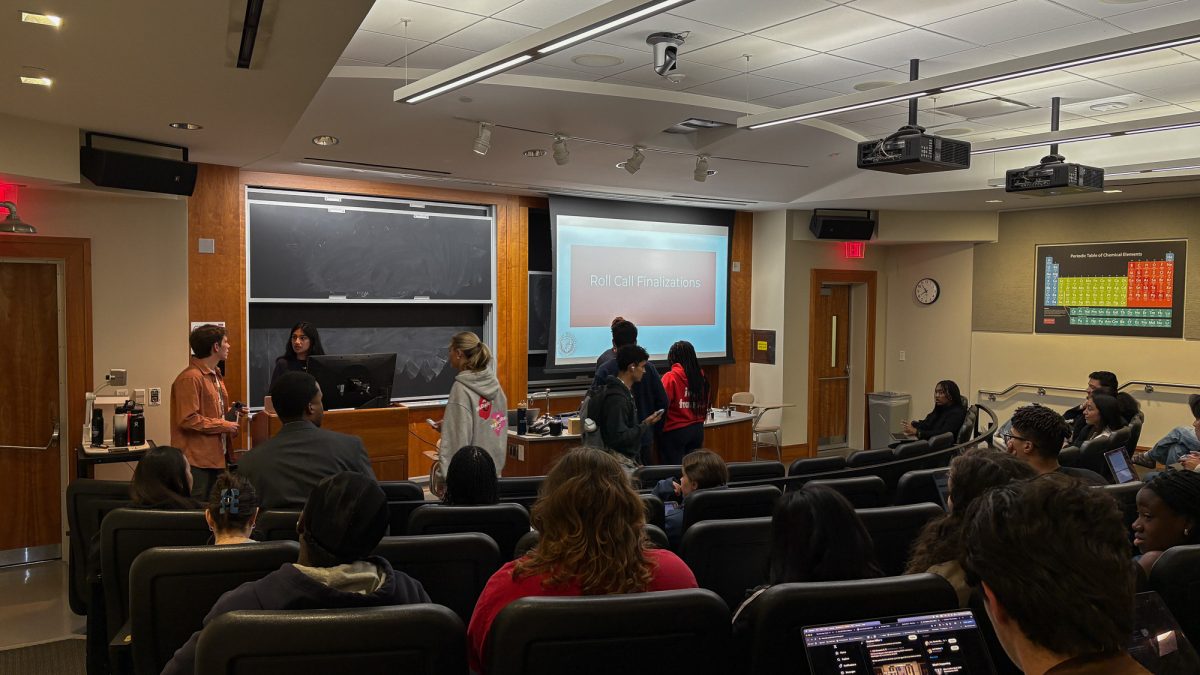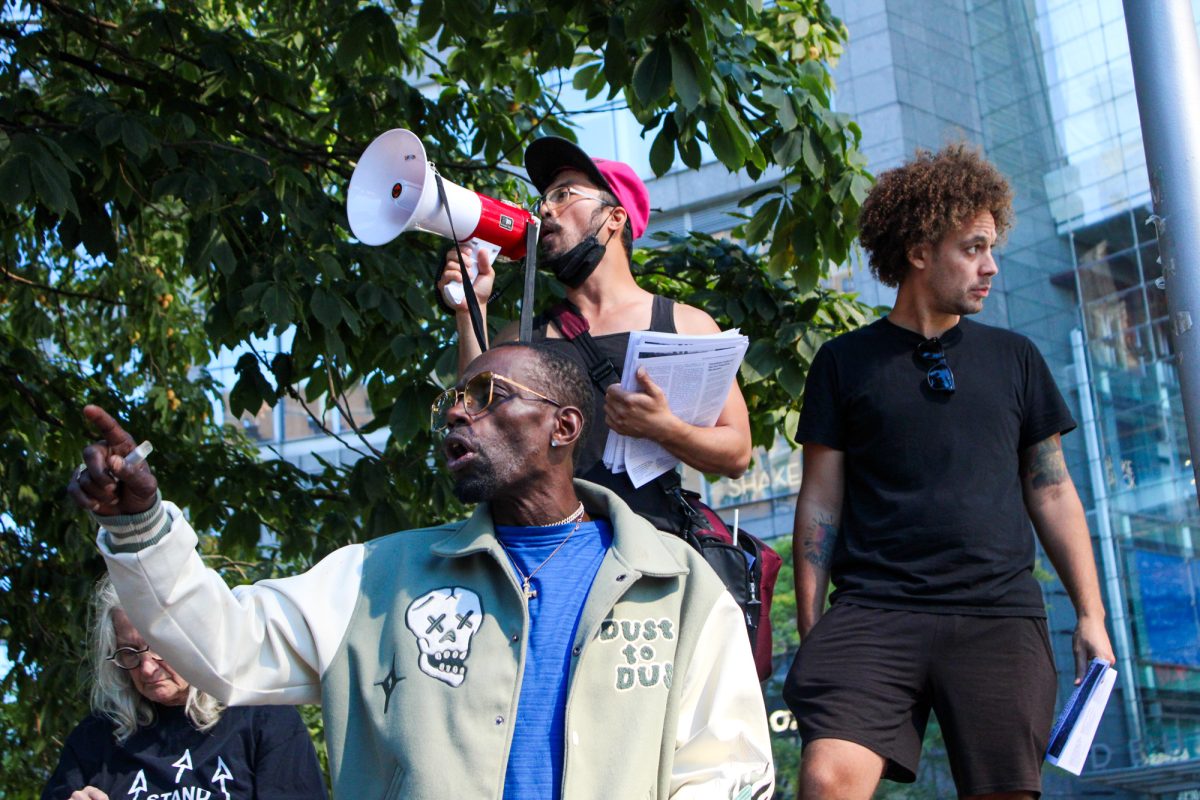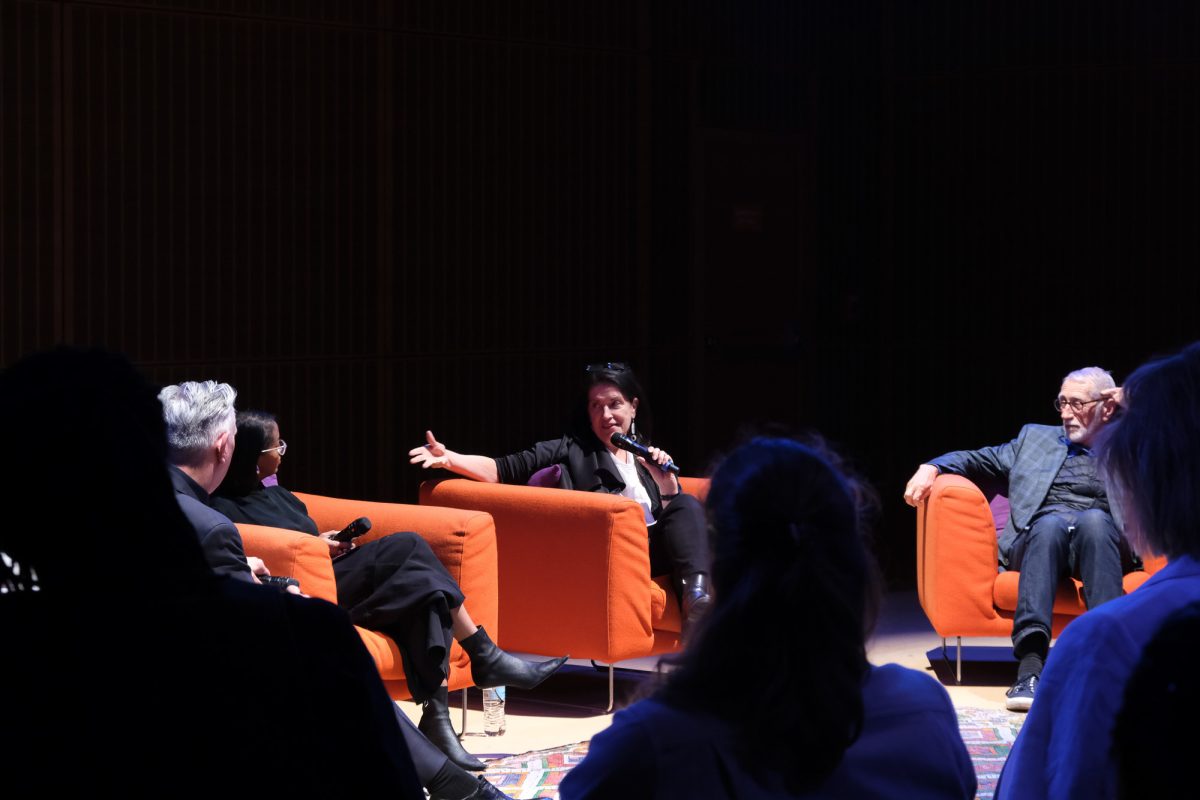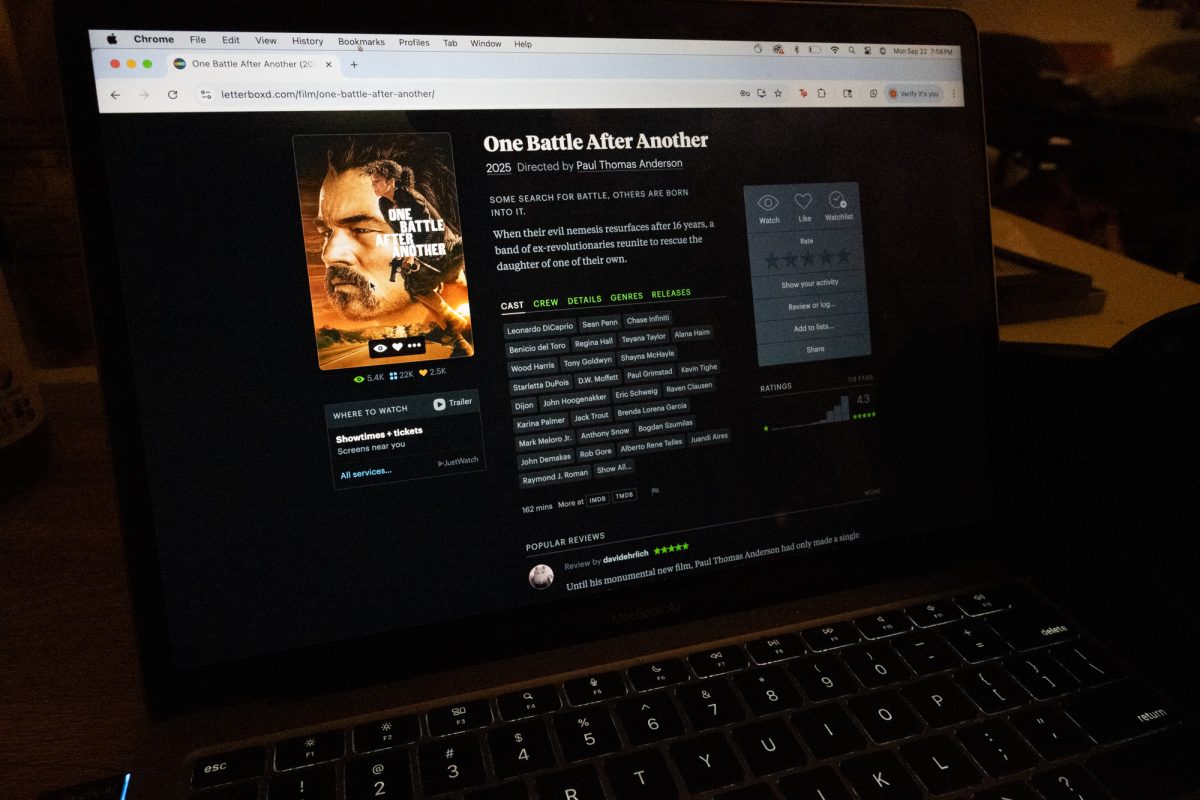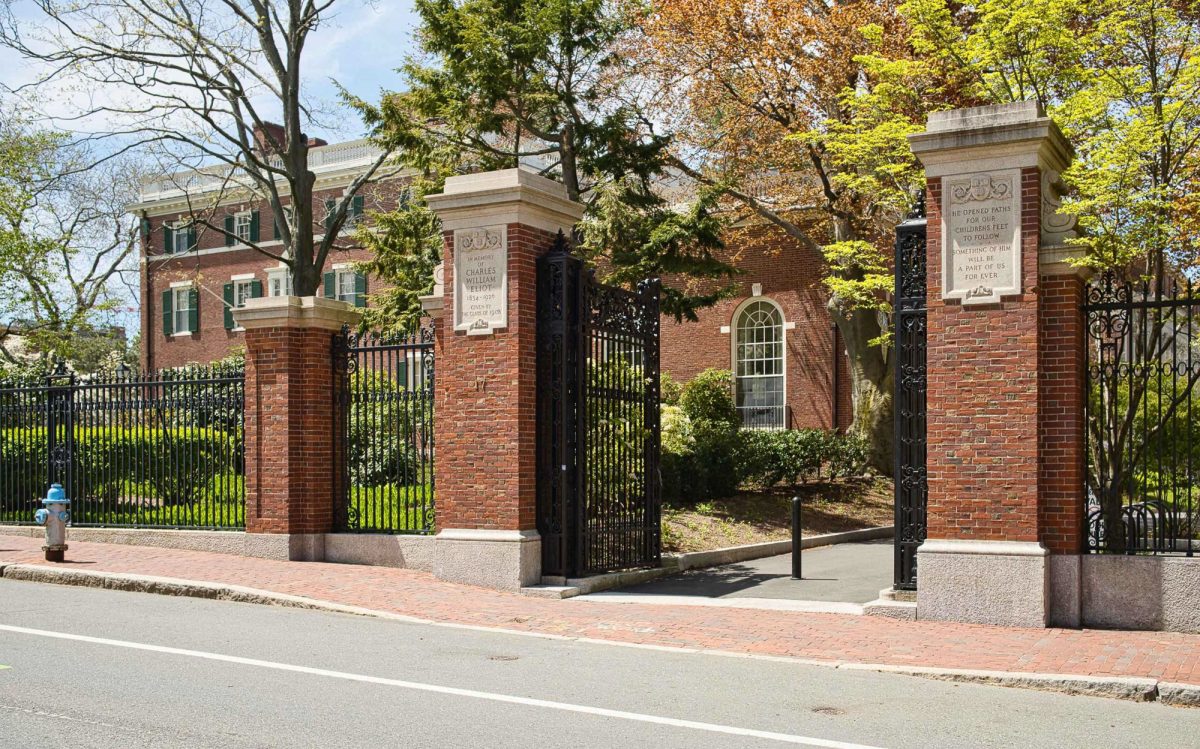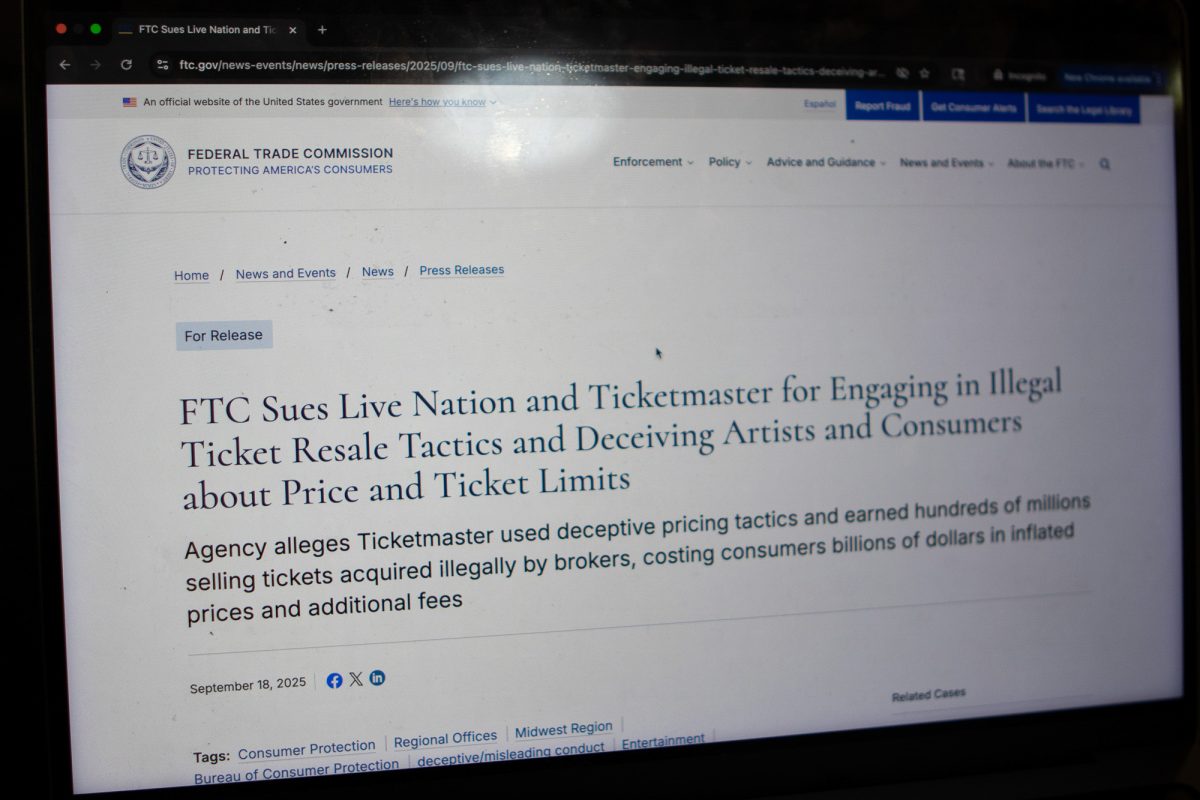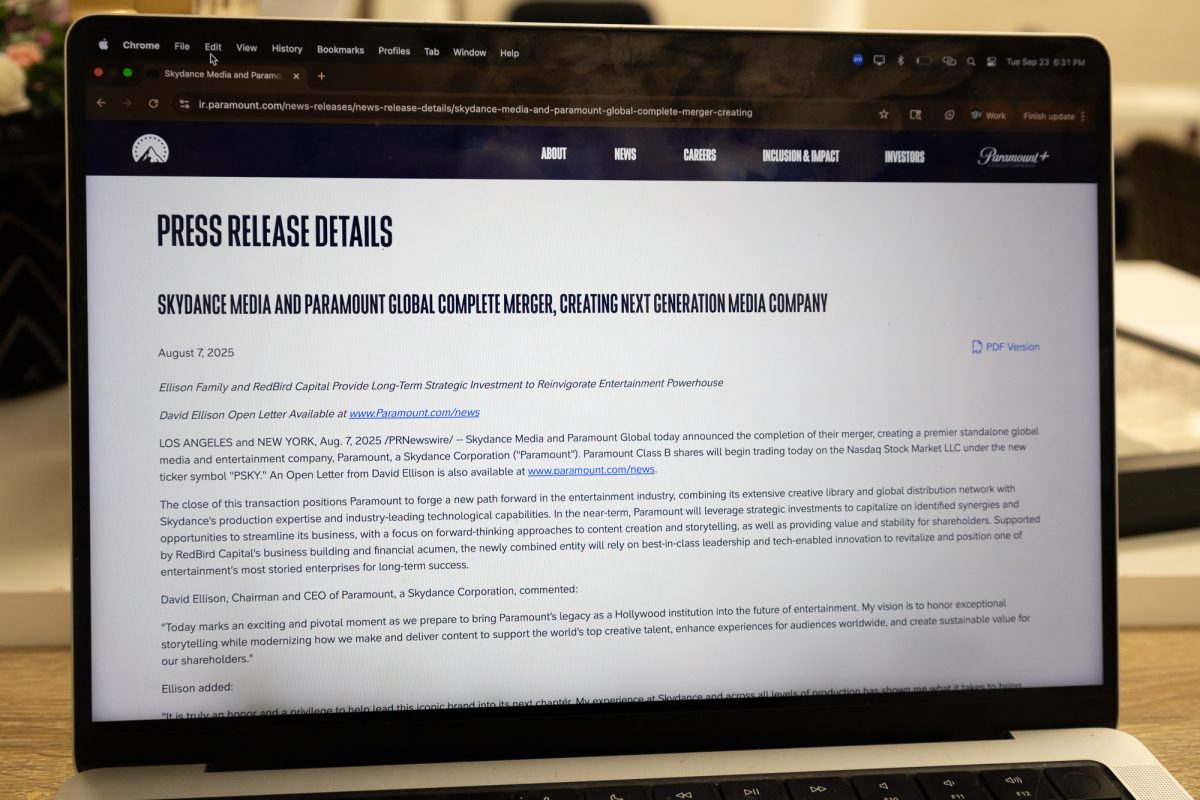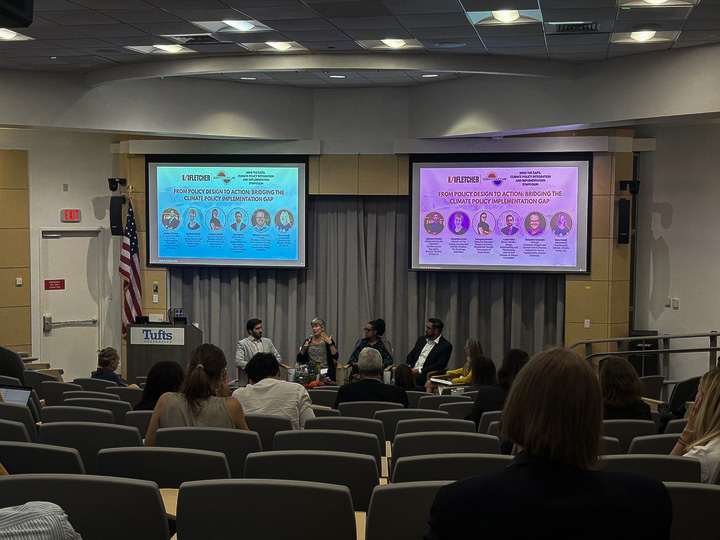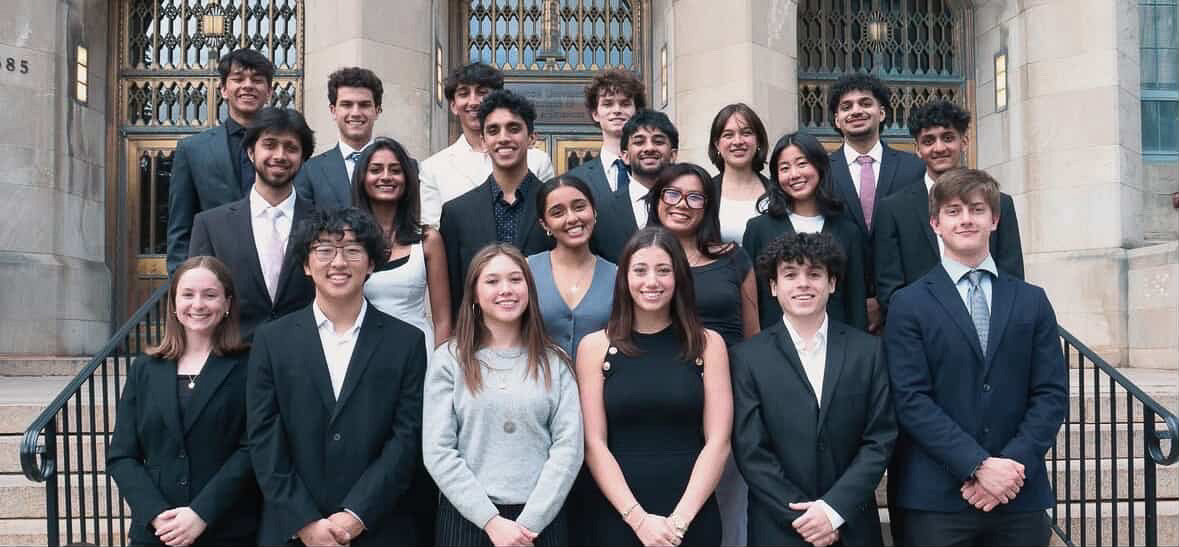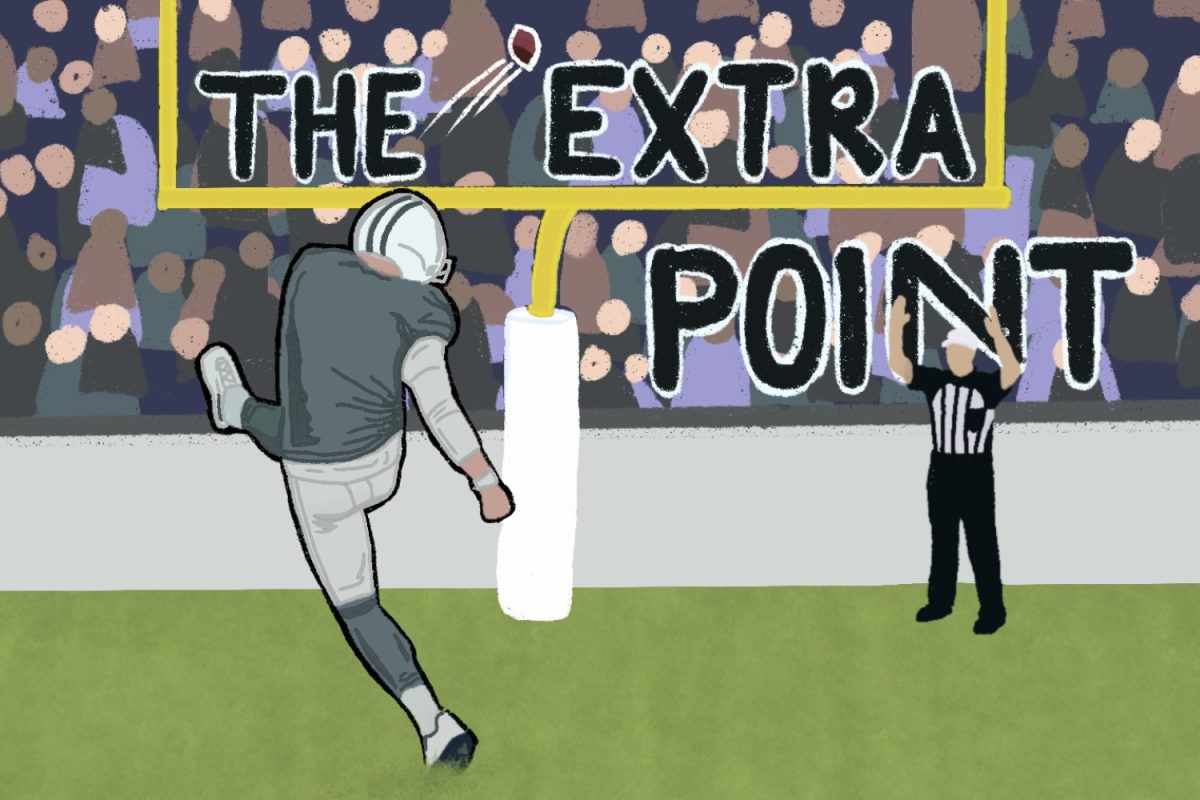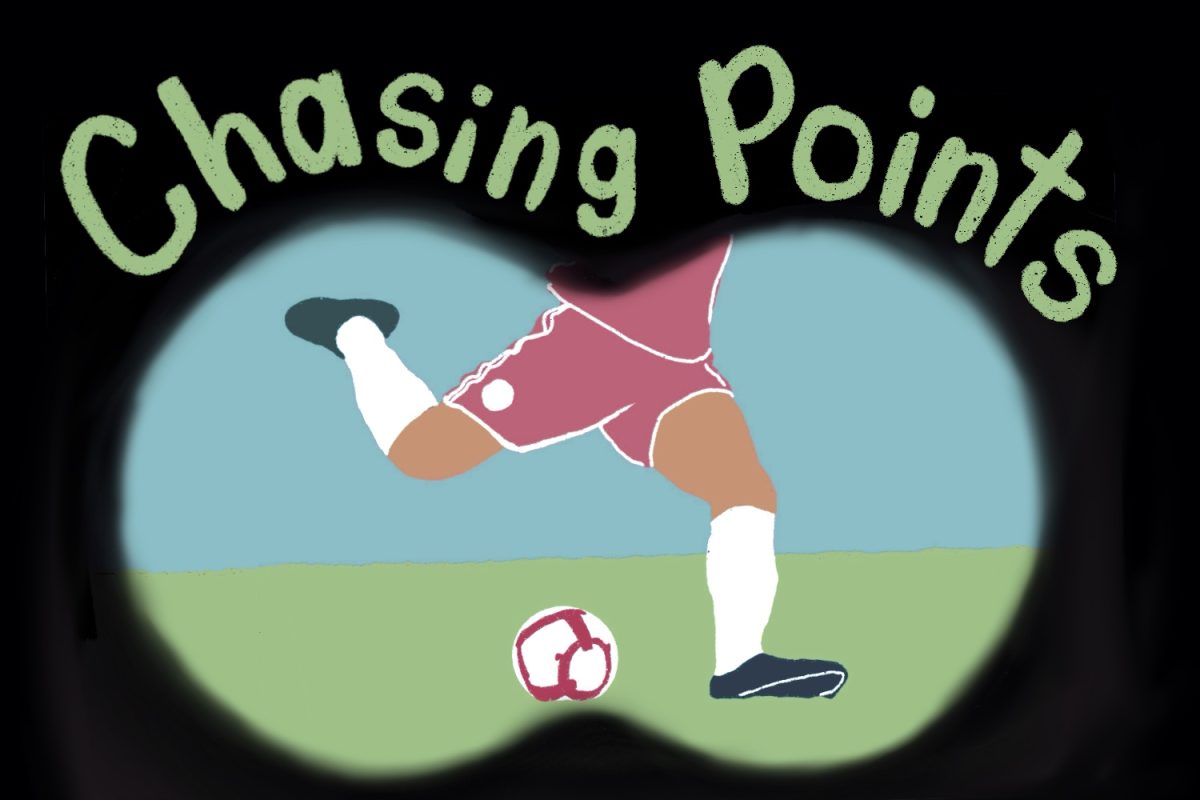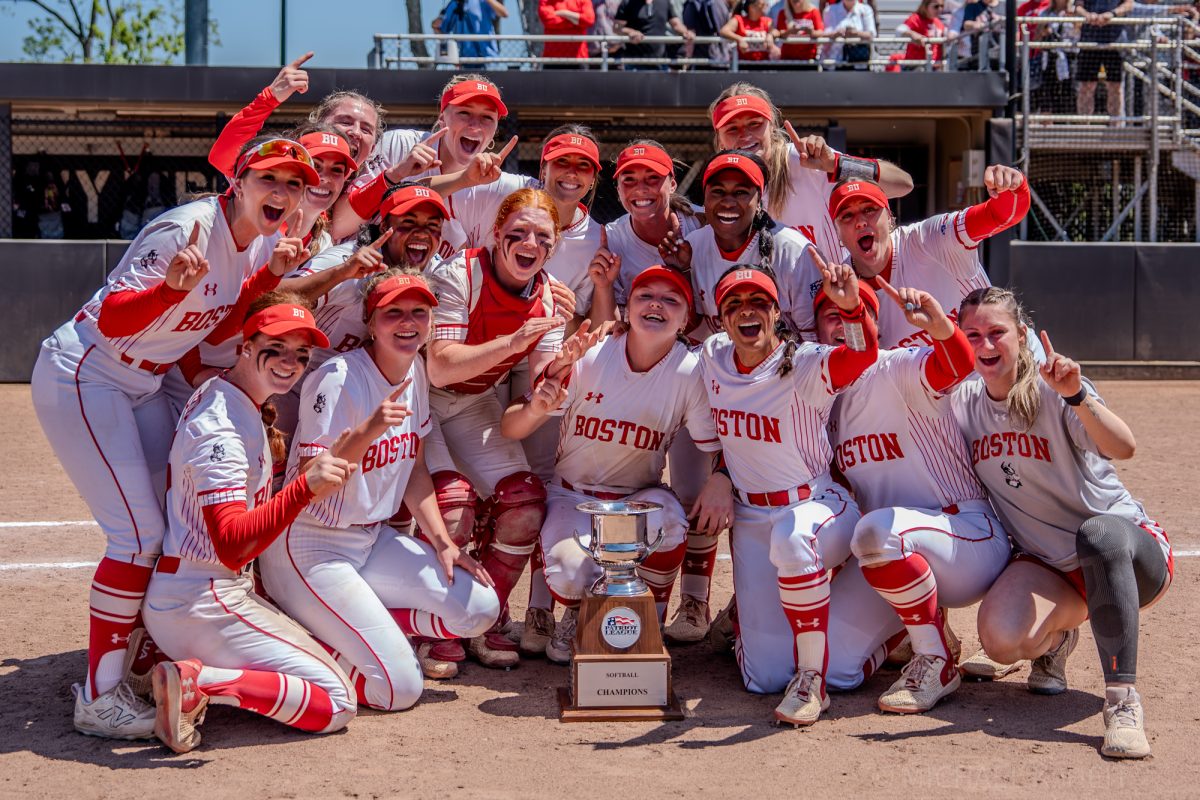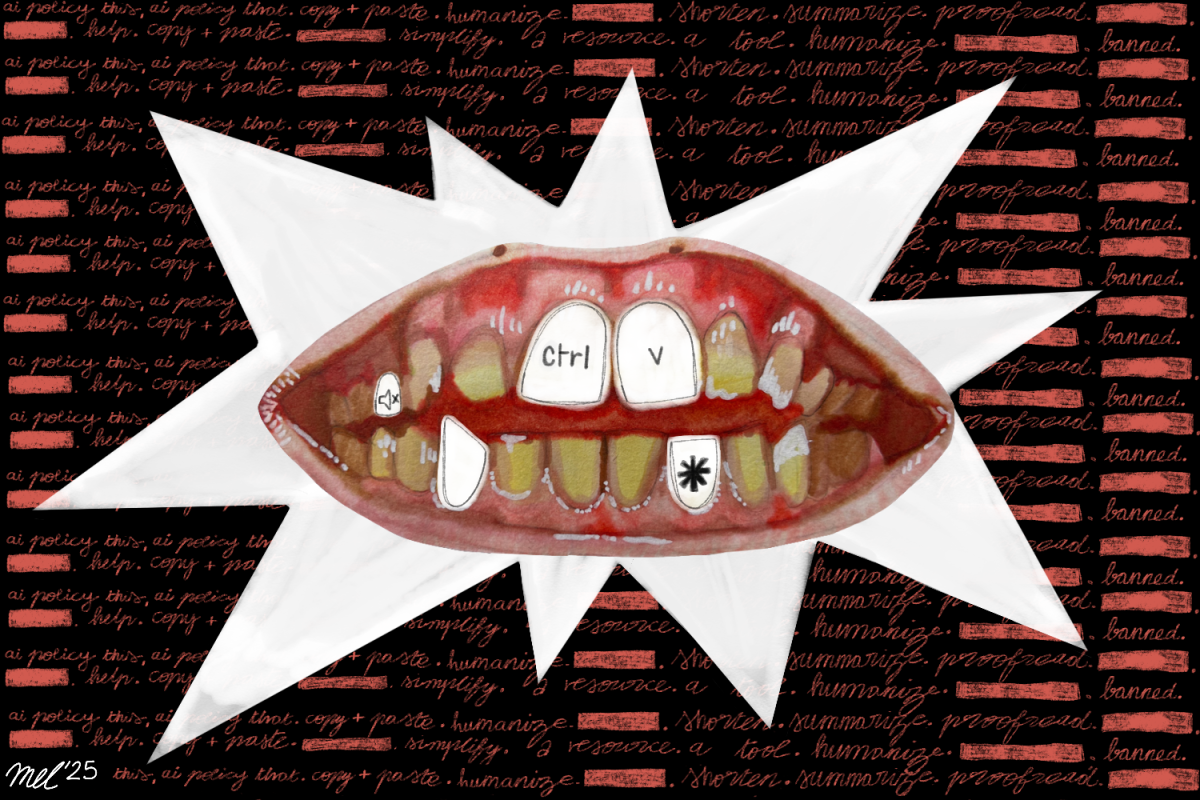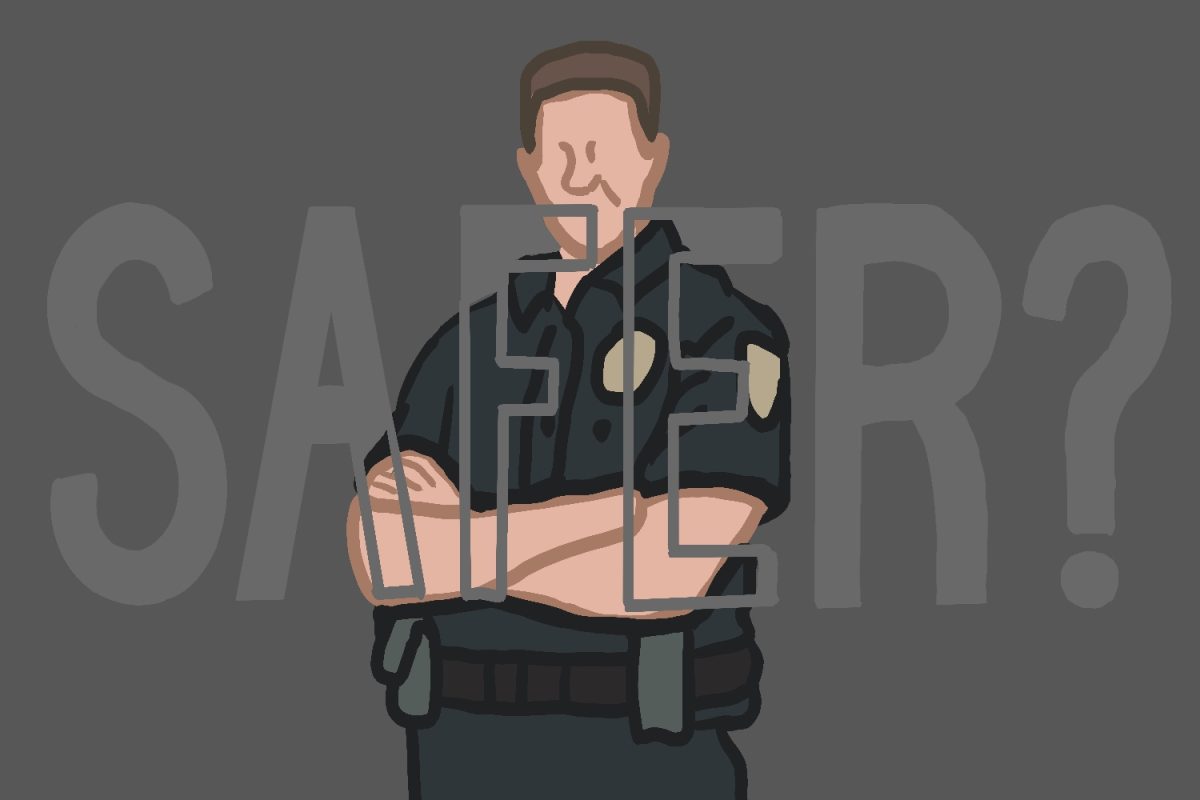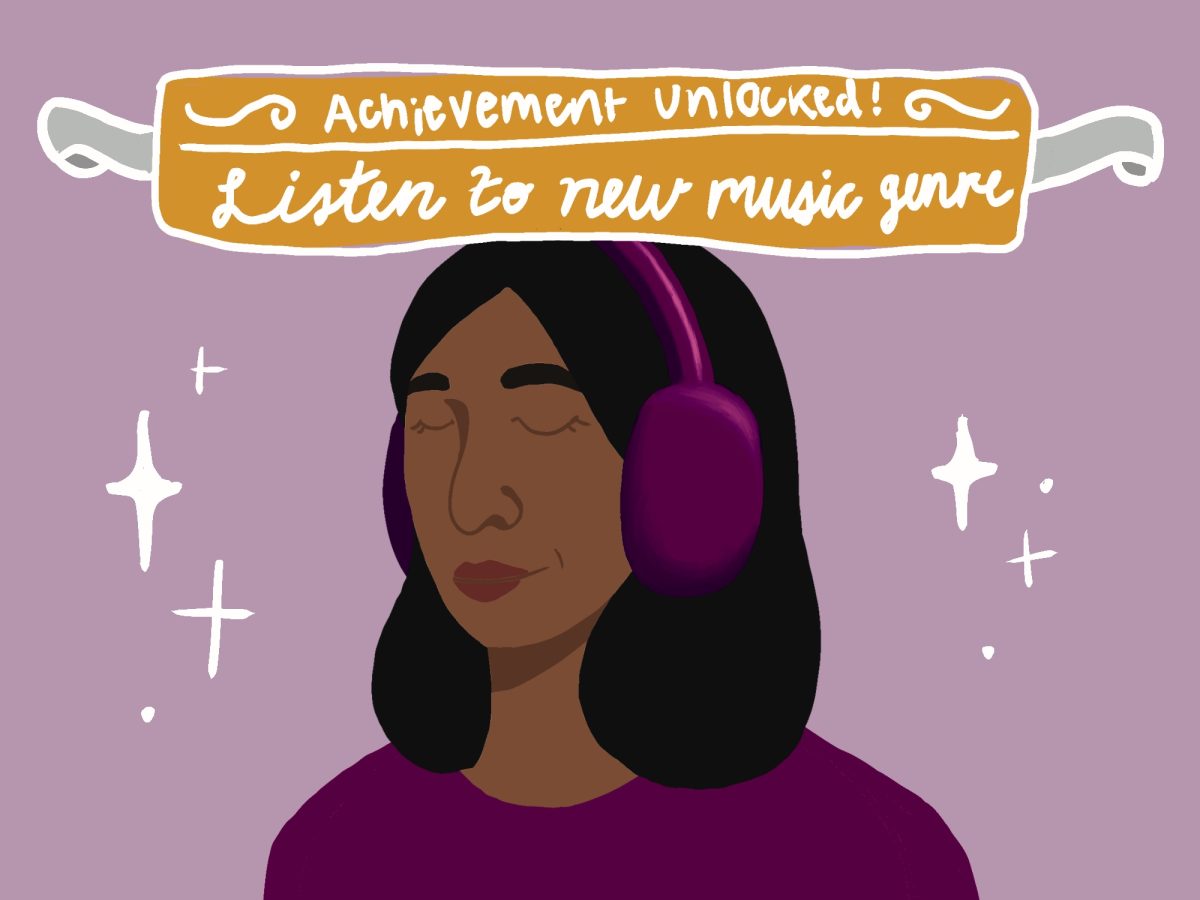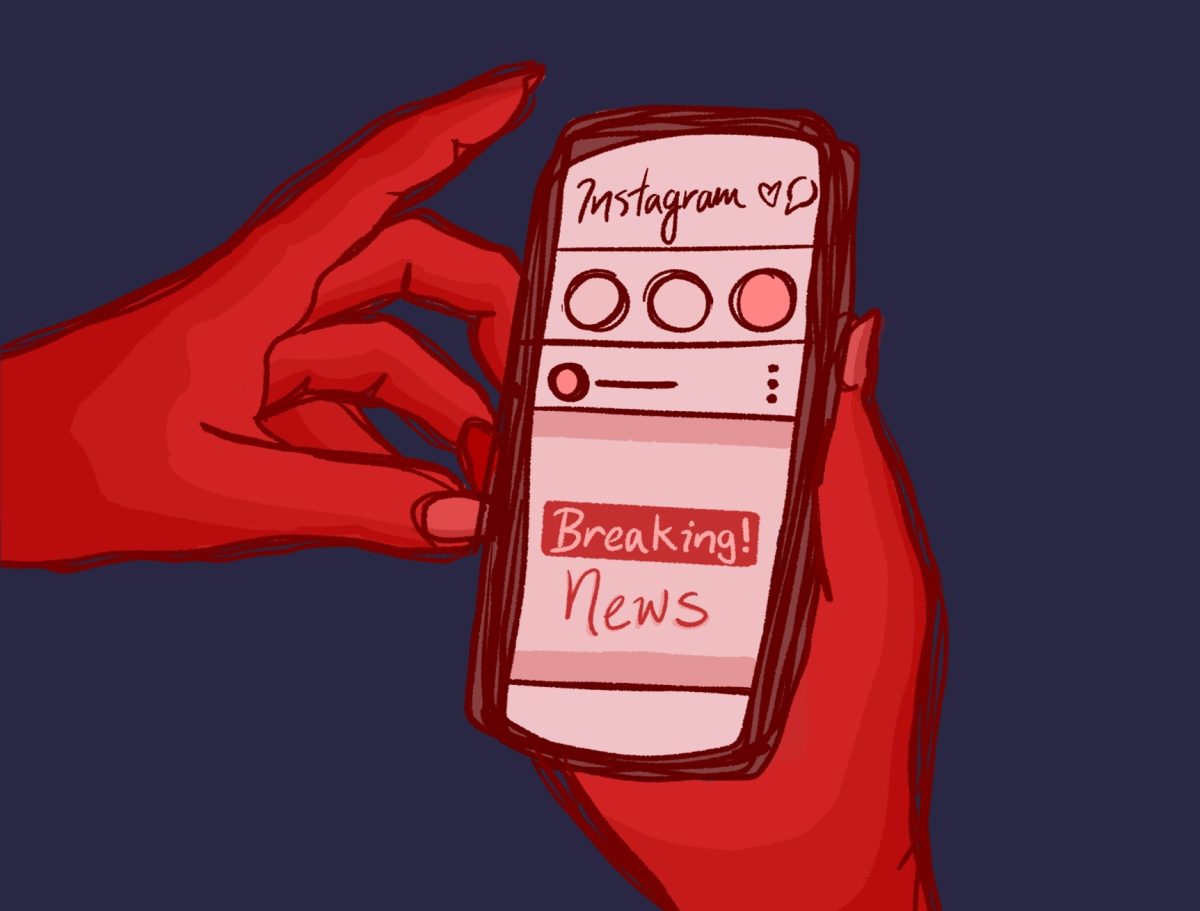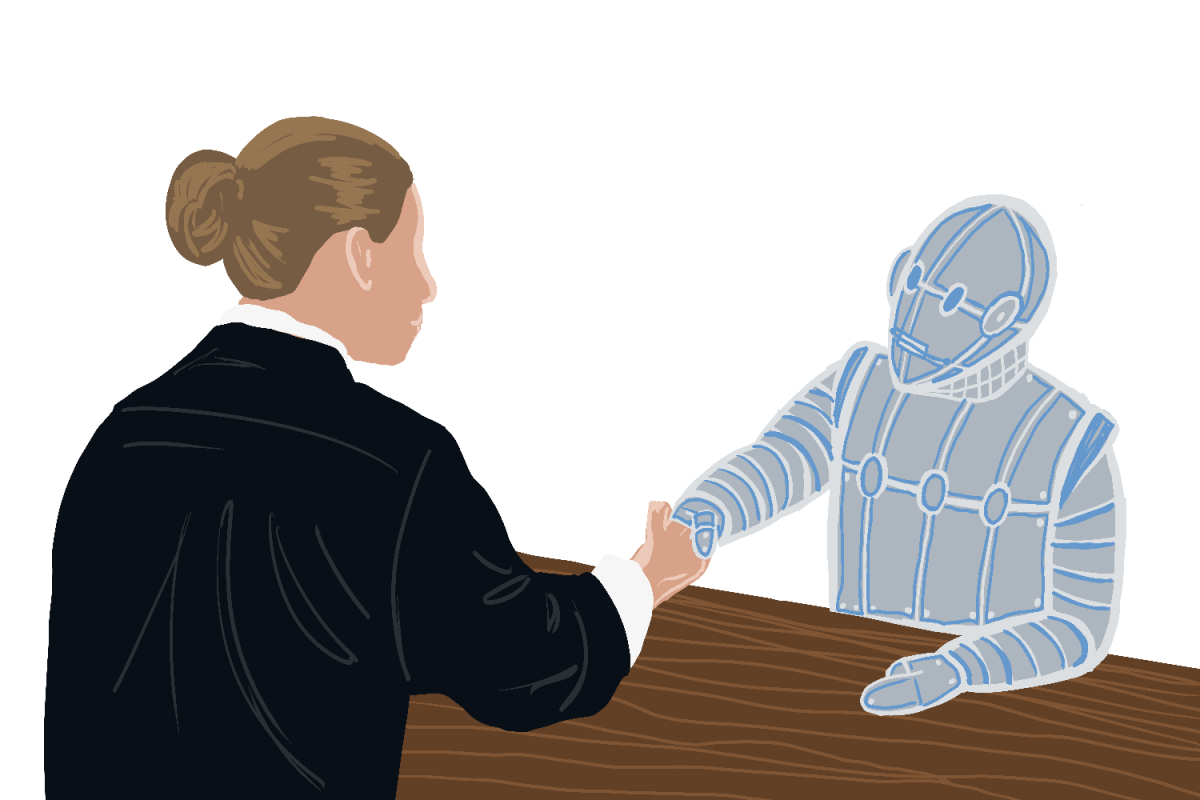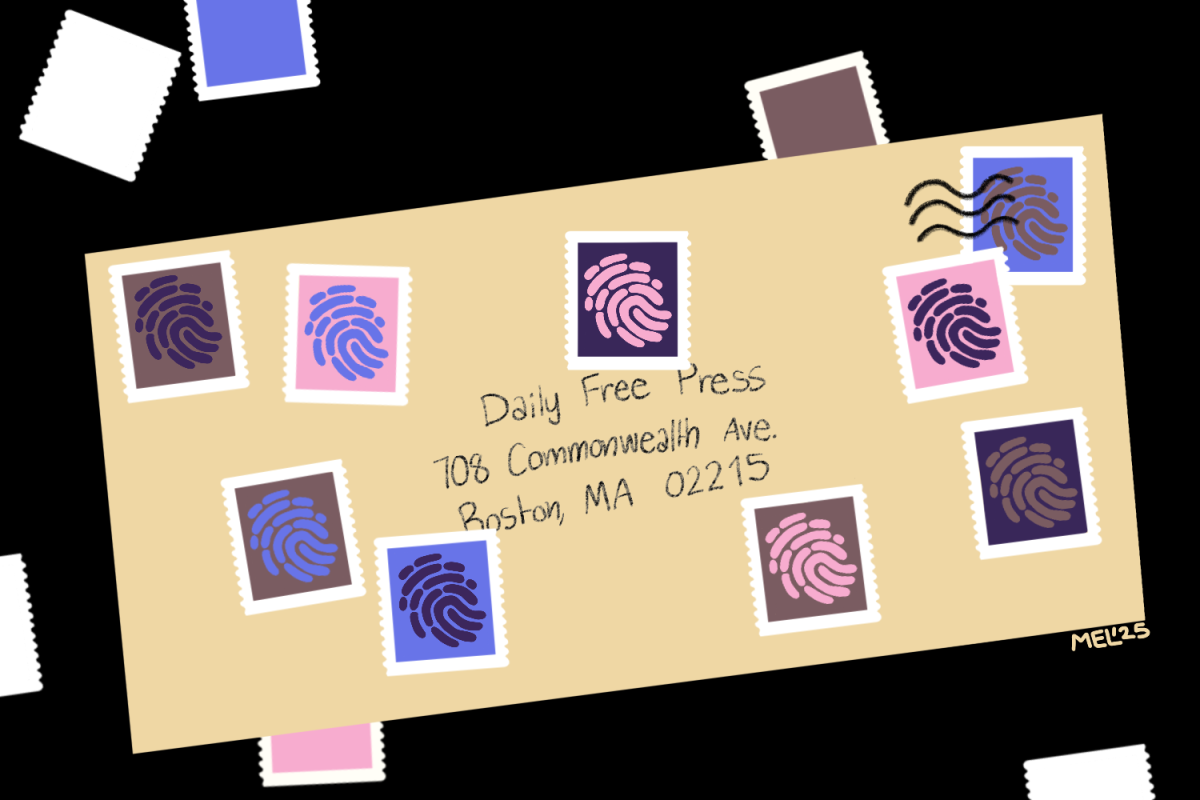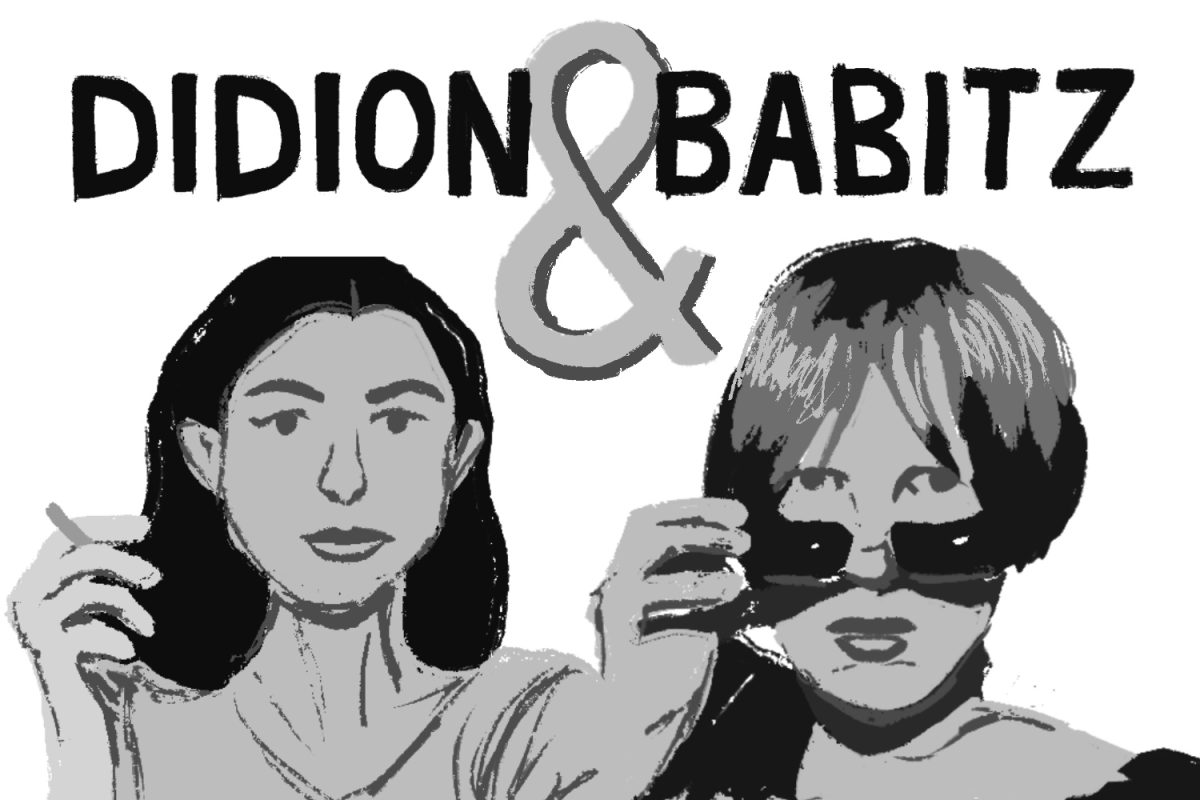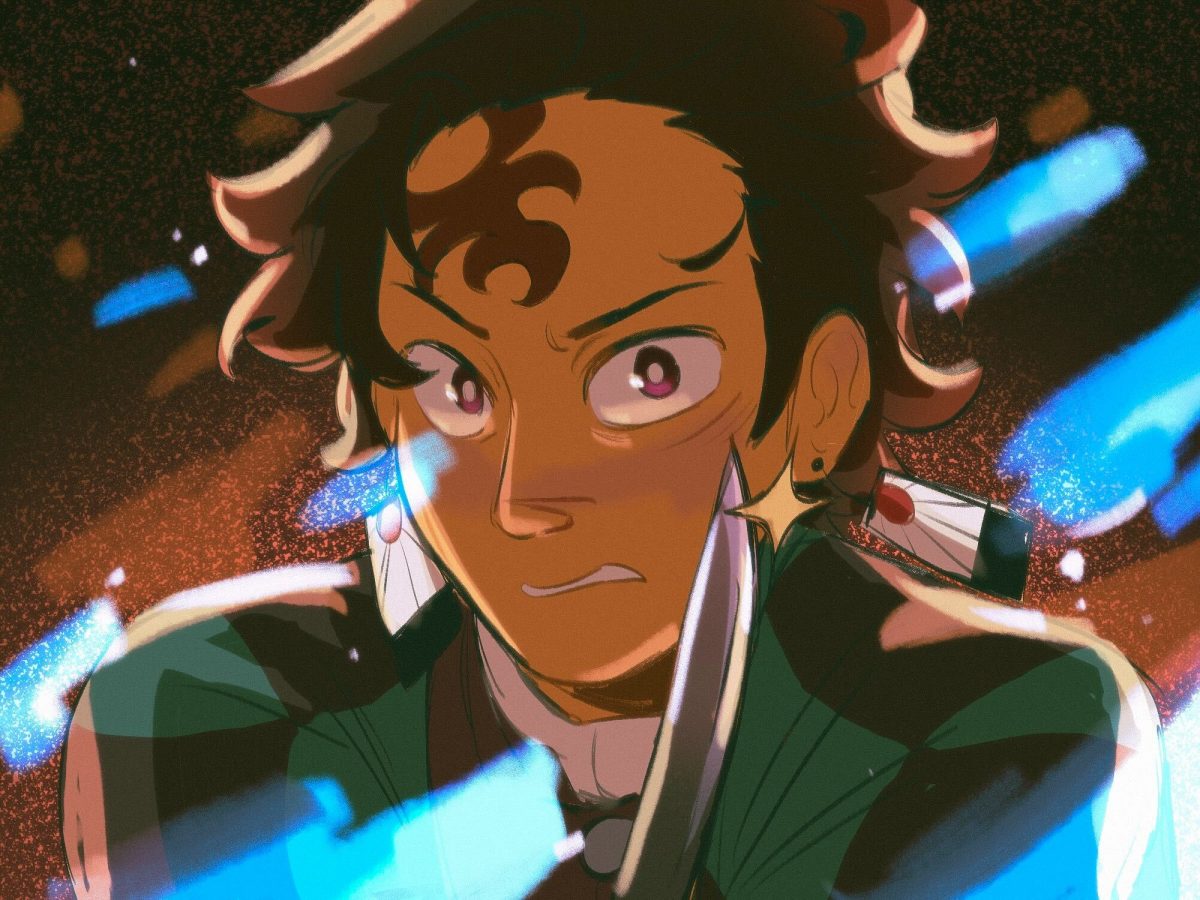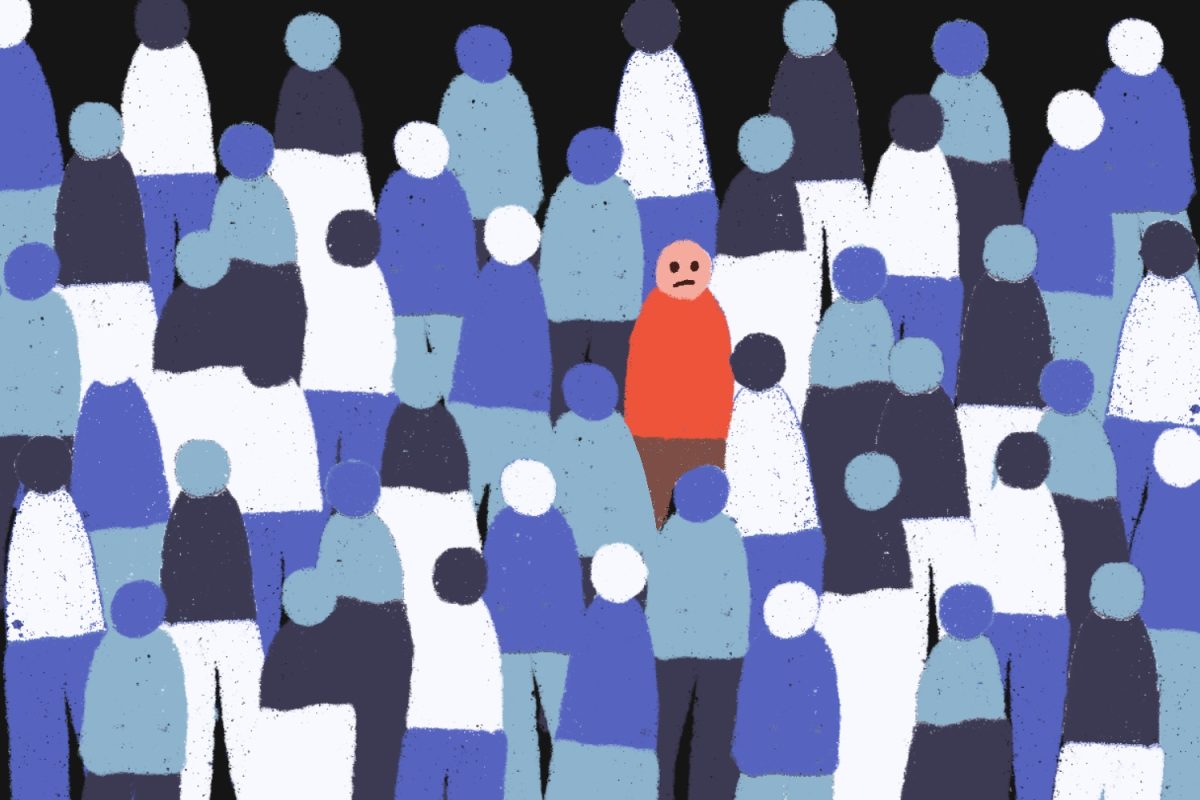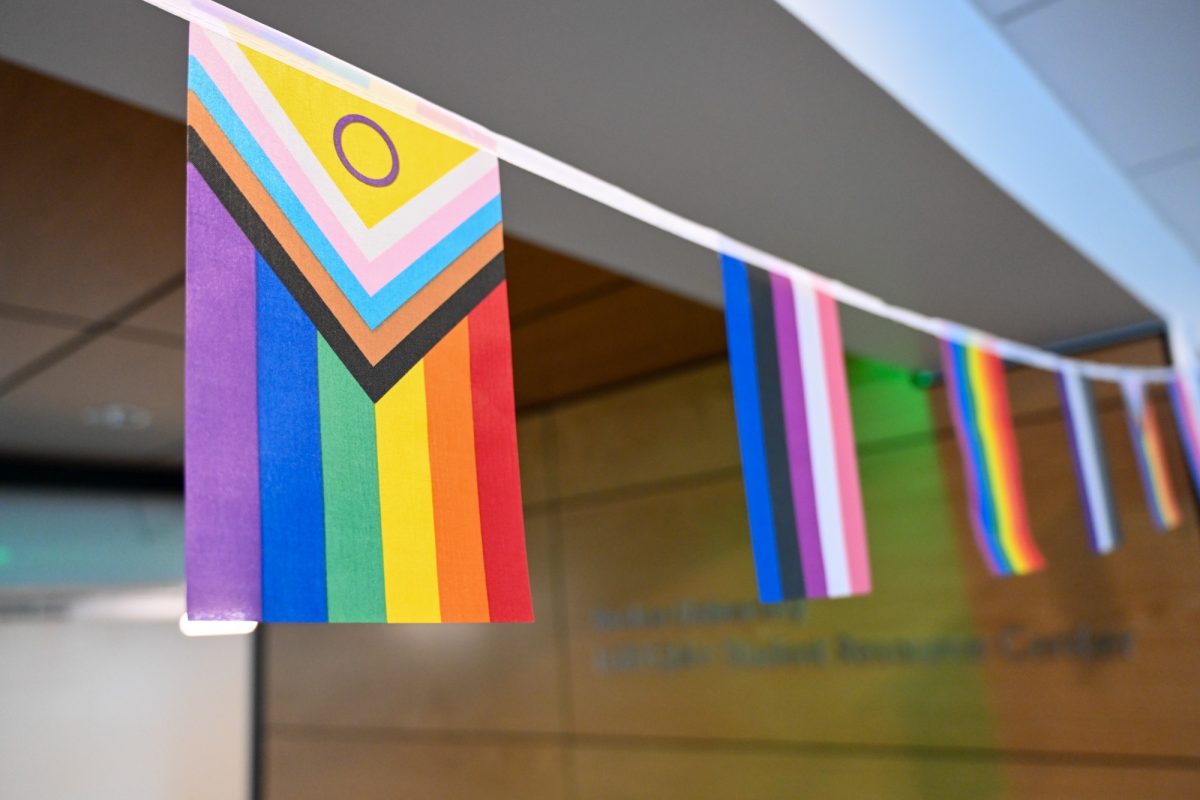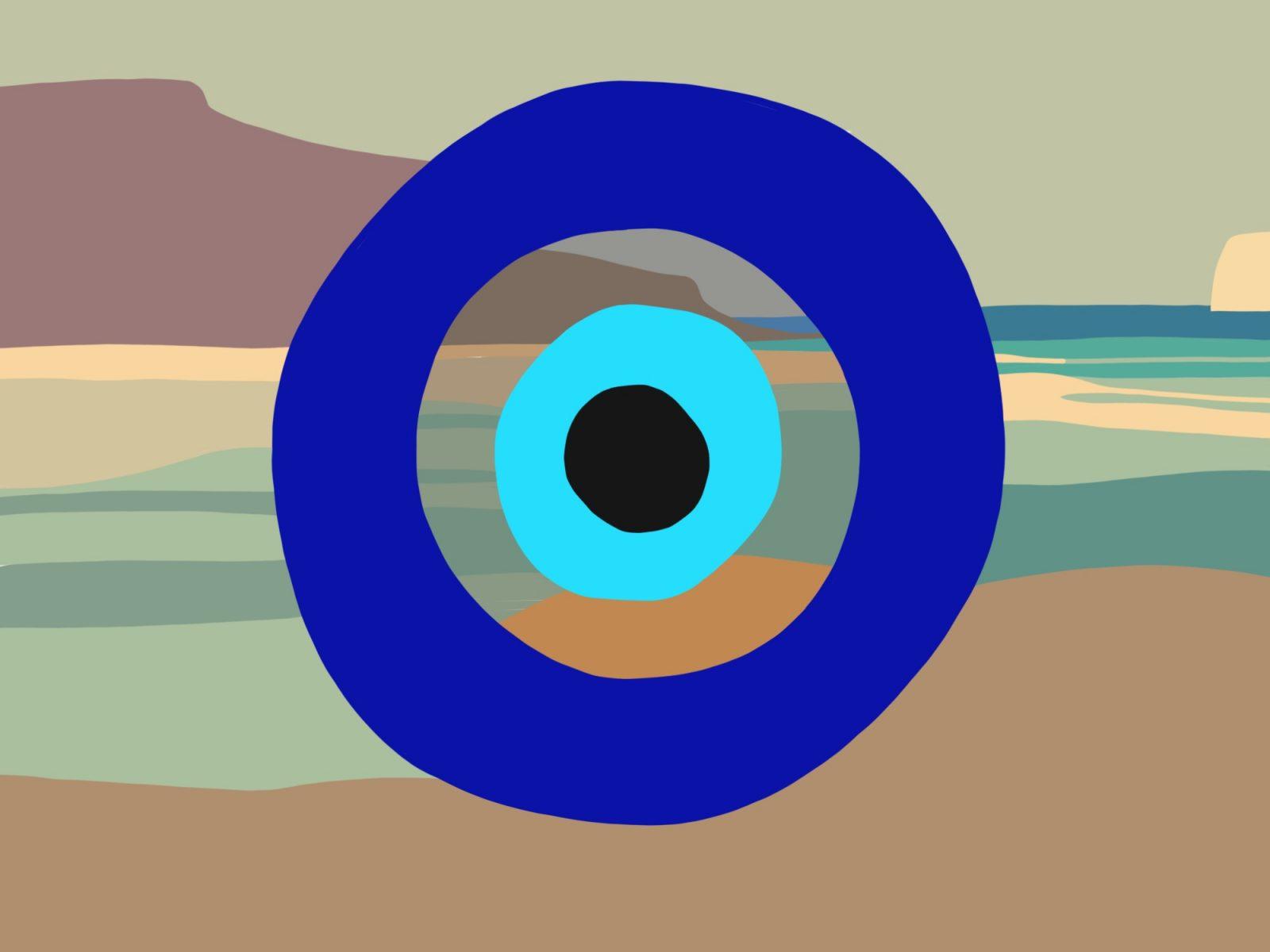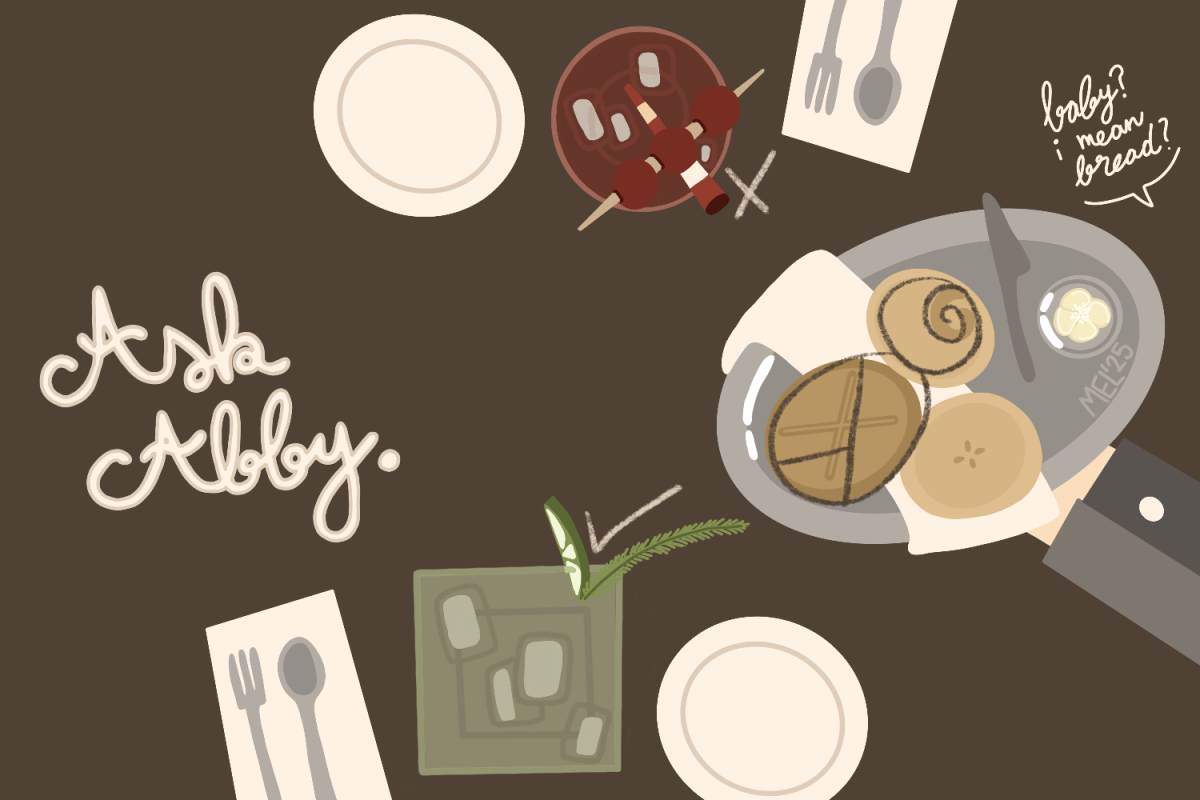Some books feel like they are written for a very specific moment in life. You come across them at the perfect moment, and they speak directly to the version of you that exists in that instant — gifting advice, comfort or simply the feeling of being seen.
Other books are timeless.
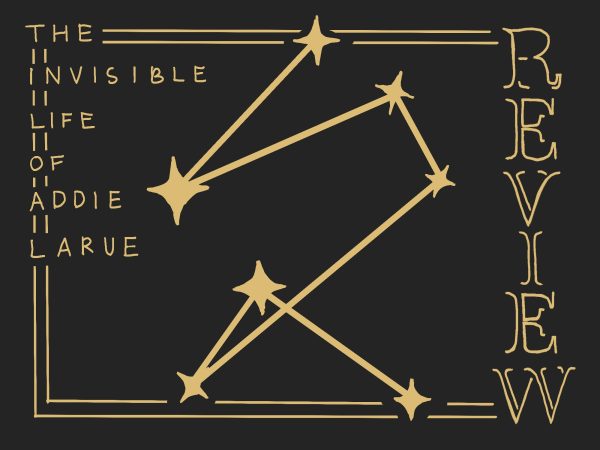
They transcend eras and circumstances, and they speak to something universal within us again and again — no matter where you are in your life.
“The Invisible Life of Addie LaRue” by V.E. Schwab is one such book.
In 1714 France, Addie LaRue makes a desperate choice. Forced into a life that she has no desire for — one with an arranged marriage, constraint and no free will — she takes a risk and prays to the gods who rule after dark. She begs for freedom, for more time and for a life she can live for herself.
One of the gods answers, granting Addie’s wishes.
But little does Addie know, she will pay a terrible price — no one will remember her. Addie is now immortal: she can touch lives and inspire art — but she is now cursed to be forgotten by everyone she meets. Addie cannot write, draw or be remembered for more than a few moments after someone turns away.
Thus begins Addie’s “invisible” life, spanning 300 years and dozens of countries, where she flits between places and identities.
Despite this, Addie leaves tiny marks on the world by planting ideas in the heads of the greats — often blotted with her iconic seven star-shaped freckles — and inspiring those who need a push. The book displays multiple historical relics and paintings that have been reimagined to fit Addie into their narratives, a ghost in their margins.
Along her journey, Addie seeks to answer the question, “What is a person, if not the marks they leave behind?” Despite the reality of her curse, she still seeks to find a way to be remembered, to leave an impact.
However, in 2014 New York, everything changes when Addie is suddenly remembered by bookseller Henry Strauss. For the first time in three centuries, she hears three long-lost words.
“I remember you.”
As Addie and Henry fall in love, they challenge what it means to be remembered, to matter and to belong.
To me, Addie is one of the most complex characters I’ve ever encountered.
She is fiercely independent and has an unshakable desire for freedom and autonomy. Addie is the embodiment of choosing freedom, no matter the cost.
“If she must grow roots, she would rather be left to flourish wild instead of pruned, would rather stand alone, allowed to grow beneath the open sky. Better that than firewood, cut down just to burn in someone else’s hearth,” the book states about Addie.
I admire Addie’s perseverance — even after centuries of solitude, she still is empowered by and believes in the powers of love, art, beauty and human connection. It’s astonishing how her resilience hasn’t wavered in the face of her cursed reality.
Even when the world is keen on erasing her, she insists on living and thriving despite the constraints of her curse.
What makes “The Invisible Life of Addie LaRue” so remarkable is how it seamlessly combines almost every trope and theme you can think of: love, loss, grief, identity, art, music, history, enemies to lovers, friends to lovers and second chances.
Whatever kind of book you may like, there’s a little bit of everything in this one..
Schwab captures a fear that’s hard to name but easily and commonly felt: the fear of being forgotten. There is a quiet, transformative power in her writing — her prose is gorgeous, making even the simplest sentences dazzling.
At its core, “The Invisible Life of Addie LaRue” is more than a love story, more than a historical fiction and more than a fantasy. In a culture obsessed with recognition, this novel invites us to consider the quieter, enduring impact we leave behind: invisibility doesn’t equal insignificance.
Whether you’re a dreamer, a writer or simply someone who hopes to leave a small mark on the world, Addie’s story will stay with you, just like it’s stayed with me.

